Budapest Neighborhood Guide
Budapest reveals its true character through its distinct neighborhoods, each telling a unique story of the city's evolution from medieval settlement to modern European capital. The Danube River creates the fundamental divide that shapes the city's identity, separating the historic hills of Buda from the bustling plains of Pest. Understanding these neighborhoods transforms your visit from simple sightseeing into genuine exploration, allowing you to experience Budapest like a local while discovering hidden gems that tour groups often miss.
The city's layout reflects centuries of history, with each district offering distinct personalities shaped by different eras of Hungarian culture. From the cobblestone streets of Castle Hill to the trendy cafés of the Jewish Quarter, Budapest's neighborhoods provide endless opportunities for discovery. Whether you're drawn to thermal baths, architectural marvels, or vibrant nightlife, each area offers its own compelling reasons to explore.
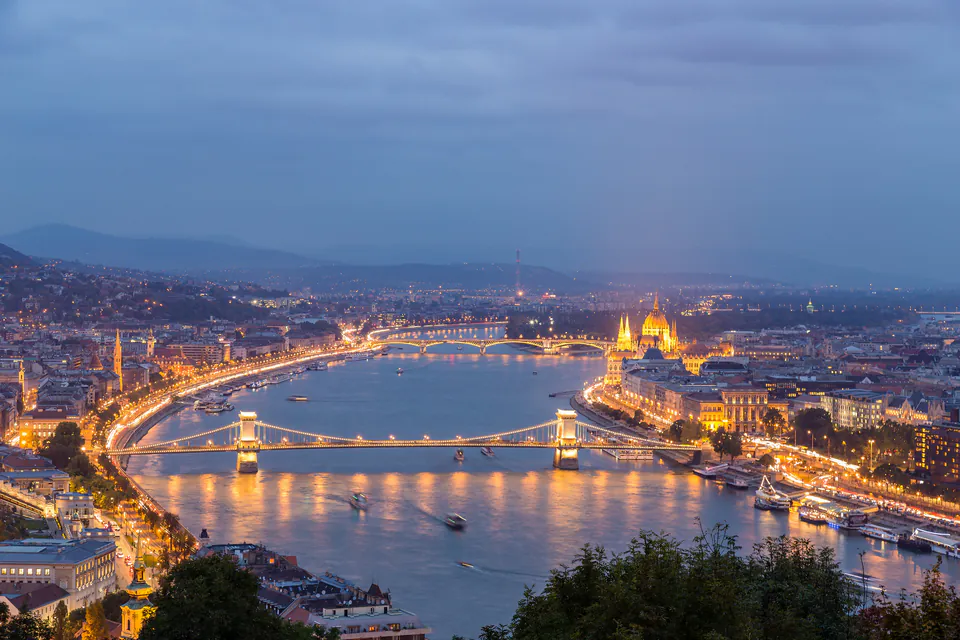
Understanding Buda and Pest
The Danube River serves as more than just a geographical boundary – it represents two fundamentally different urban experiences that merged in 1873 to create modern Budapest. This historic unification brought together contrasting landscapes and lifestyles that continue to define the city's character today.
Buda occupies the western bank, characterized by rolling hills that rise dramatically from the river's edge. This side maintains a more residential atmosphere, where quiet streets wind through elevated neighborhoods offering spectacular panoramic views. The terrain naturally creates a sense of separation from the urban bustle, making Buda feel more tranquil and contemplative. Ancient thermal springs bubble up through the hillsides, feeding the famous thermal baths that have attracted visitors for over a thousand years.
Pest spreads across the eastern flatlands, where broad boulevards and dense urban development create the city's commercial and cultural heart. This side pulses with energy, featuring the majority of Budapest's restaurants, shops, museums, and entertainment venues. The flat terrain allowed for the grand urban planning projects of the 19th and early 20th centuries, resulting in the magnificent boulevards and squares that give Pest its distinctive character.
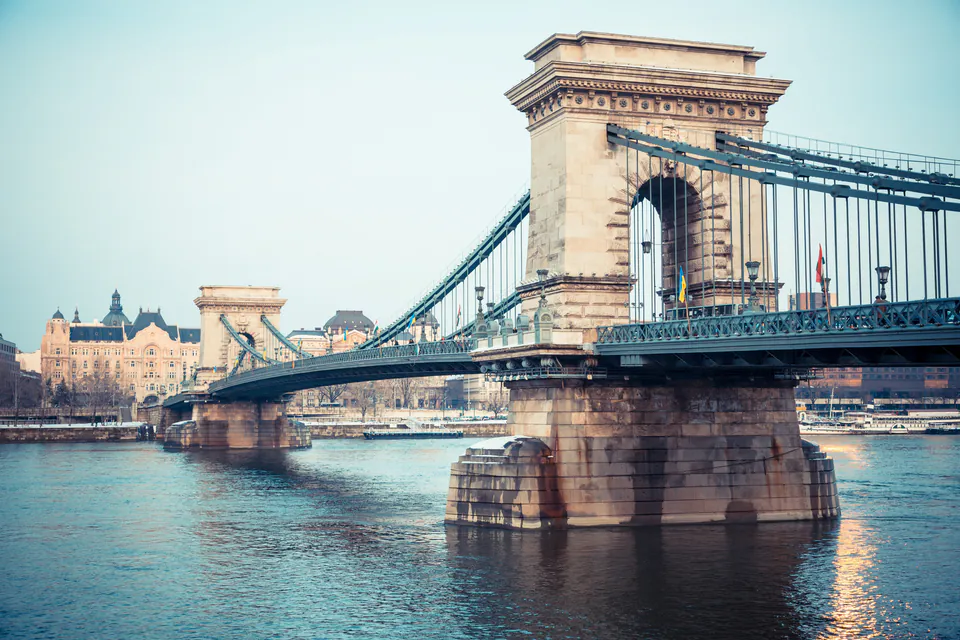
Buda Side Neighborhoods
Castle District (District I)
The Castle District represents Budapest's most prestigious historical quarter, perched atop Castle Hill like a medieval crown overlooking the Danube. Cobblestone streets wind between Gothic and Baroque buildings that house museums, galleries, and upscale restaurants. The Royal Palace dominates the southern end, while Fisherman's Bastion provides fairy-tale views across the river.
This UNESCO World Heritage area maintains an almost village-like atmosphere despite its central location. Medieval street layouts create intimate spaces where every corner reveals architectural treasures. The district's elevated position provides natural air conditioning during summer months, making it particularly pleasant for extended exploration.
Residential areas within the Castle District feature some of Budapest's most exclusive properties, where diplomats and wealthy locals enjoy proximity to major attractions while maintaining privacy. Small boutiques and artisan workshops occupy ground floors of historic buildings, creating opportunities for unique shopping experiences.
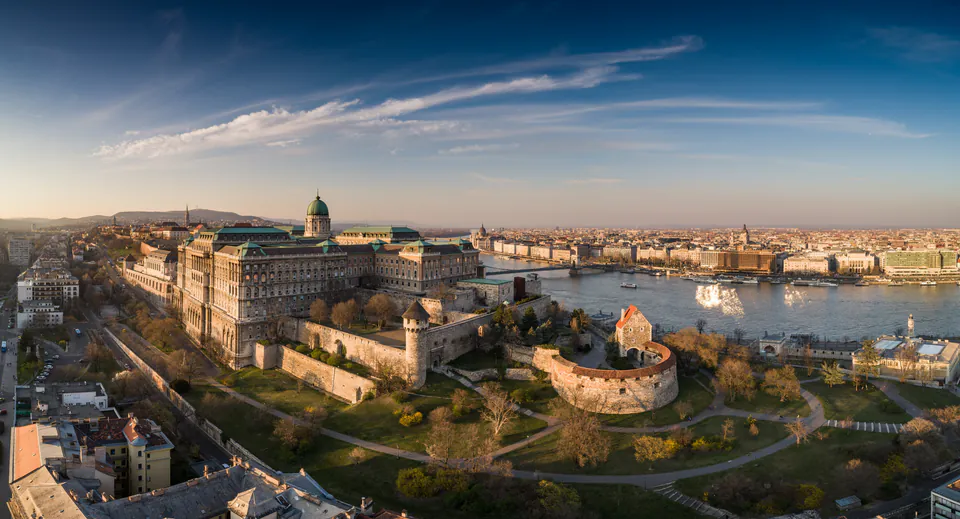
Víziváros (Watertown)
Nestled between Castle Hill and the Danube, Víziváros offers a more intimate Buda experience. This narrow strip of land historically housed craftsmen and merchants who served the royal court above. Today, it combines residential tranquility with easy access to both the river and Castle District attractions.
The neighborhood's main artery, Fő utca, runs parallel to the Danube and features charming cafés, small restaurants, and local shops. Side streets climb steeply toward Castle Hill, creating dramatic perspectives and hidden courtyards. The area's proximity to several thermal baths, including the historic Király Baths, adds to its appeal for visitors seeking authentic Budapest experiences.
Víziváros provides excellent value for accommodation, offering proximity to major attractions without the premium prices of the Castle District. The neighborhood's authentic residential character allows visitors to experience daily Hungarian life while remaining within walking distance of tourist highlights.
Buda Hills
The residential Buda Hills extend westward from the city center, encompassing several districts that offer escape from urban intensity. These neighborhoods feature villa-lined streets, extensive parks, and hiking trails that provide spectacular city views. The hills house many of Budapest's wealthiest residents, creating an atmosphere of suburban tranquility within the capital.
Several attractions draw visitors to the hills, including the Széchenyi Hill lookout tower and the Children's Railway operated by local youth. The area's thermal springs feed numerous smaller baths that offer more intimate experiences than the famous city-center facilities.
Public transportation reaches most hill neighborhoods, though some areas require walking on steep inclines. The investment in reaching these elevated areas rewards visitors with panoramic perspectives impossible to achieve from street level, particularly stunning during sunset hours.
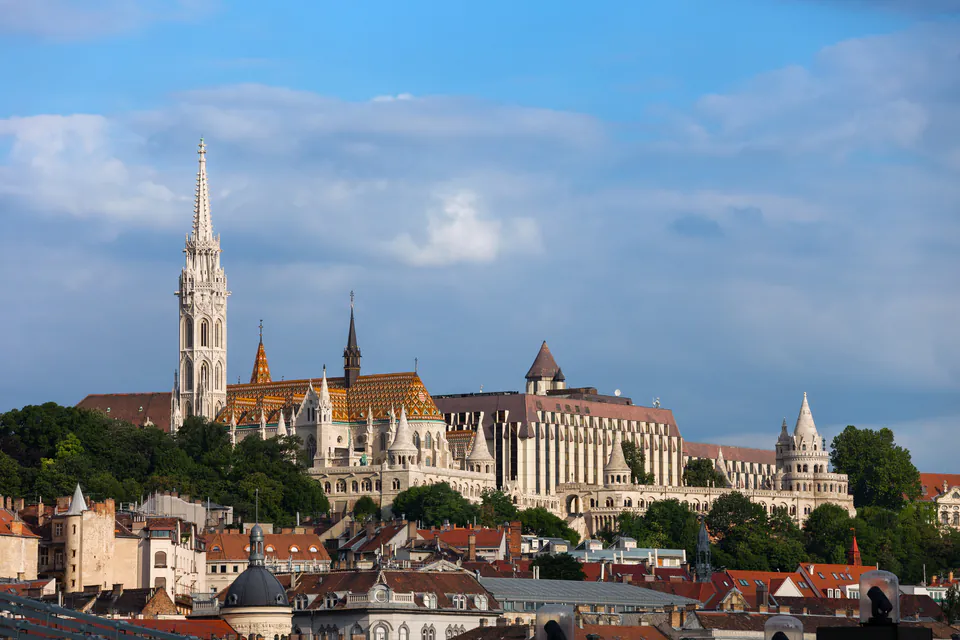
Pest Side Neighborhoods
Belváros-Lipótváros (District V)
District V forms Budapest's commercial and governmental heart, where grand 19th-century architecture creates an atmosphere of imperial elegance. The Hungarian Parliament Building anchors the northern section, while Váci Street provides the main pedestrian shopping corridor. This district successfully balances tourist attractions with functioning business centers.
The area's sophisticated atmosphere attracts upscale hotels, fine dining establishments, and luxury boutiques. St. Stephen's Basilica serves as both architectural masterpiece and spiritual center, while the nearby financial district demonstrates Budapest's modern economic vitality.
Excellent public transportation connections make District V an ideal base for exploring the entire city. The concentration of services, from banks to medical facilities, ensures convenience for extended stays. Evening hours transform the district into an elegant entertainment zone where locals and visitors mingle in sophisticated venues.
Jewish Quarter (District VII)
The Jewish Quarter pulses with creative energy, having evolved from a historic religious center into Budapest's most vibrant cultural district. Ruin pubs occupy abandoned buildings, creating unique nightlife experiences that attract international attention. During daylight hours, the area reveals synagogues, kosher restaurants, and cultural institutions that preserve important Jewish heritage.
Kazinczy Street serves as the quarter's main artery, lined with trendy cafés, vintage shops, and art galleries. The contrast between historic synagogues and contemporary cultural venues creates a fascinating urban landscape where past and present coexist dynamically.
The neighborhood's transformation reflects broader changes in Budapest's cultural scene. Young professionals and artists have embraced the area's affordable rents and creative possibilities, resulting in a constantly evolving landscape of new businesses and cultural initiatives.
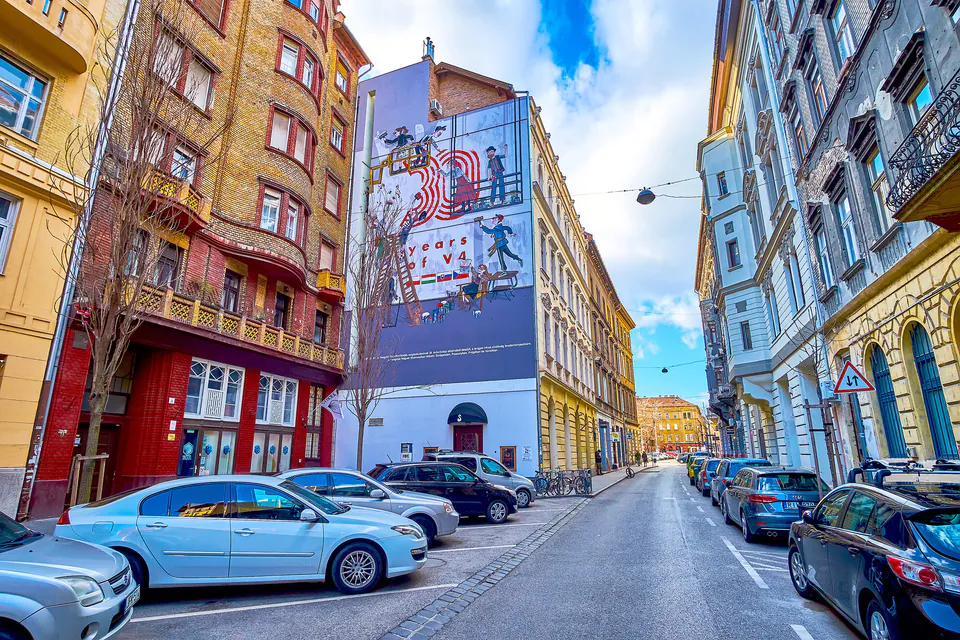
Terézváros (District VI)
District VI encompasses the elegant Andrássy Avenue, a UNESCO World Heritage boulevard that connects the city center with Heroes' Square. The Hungarian State Opera House serves as the district's cultural crown jewel, surrounded by sophisticated restaurants and luxury shopping opportunities.
The area's late 19th-century architecture creates a cohesive aesthetic that reflects Budapest's golden age of development. Tree-lined streets provide pleasant walking conditions, while the M1 metro line (also UNESCO-protected) offers convenient transportation along the avenue's length.
Terézváros attracts visitors seeking cultural sophistication combined with urban convenience. The district's numerous theaters, concert halls, and galleries provide entertainment options for every taste, while upscale residential areas offer quiet retreats from tourist crowds.
Erzsébetváros and Beyond
Erzsébetváros (District VII) extends beyond the famous Jewish Quarter to include diverse neighborhoods with distinct personalities. The southern sections feature traditional residential areas where local markets and family-run businesses create authentic Hungarian atmosphere.
The district's eastern areas showcase socialist-era architecture alongside newer developments, providing insight into Budapest's 20th-century evolution. These neighborhoods offer affordable accommodation options and genuine local experiences away from tourist concentrations.
Public transportation connections ensure easy access to central attractions while allowing visitors to experience residential Budapest. Local restaurants serve traditional Hungarian cuisine at reasonable prices, creating opportunities for authentic cultural immersion.
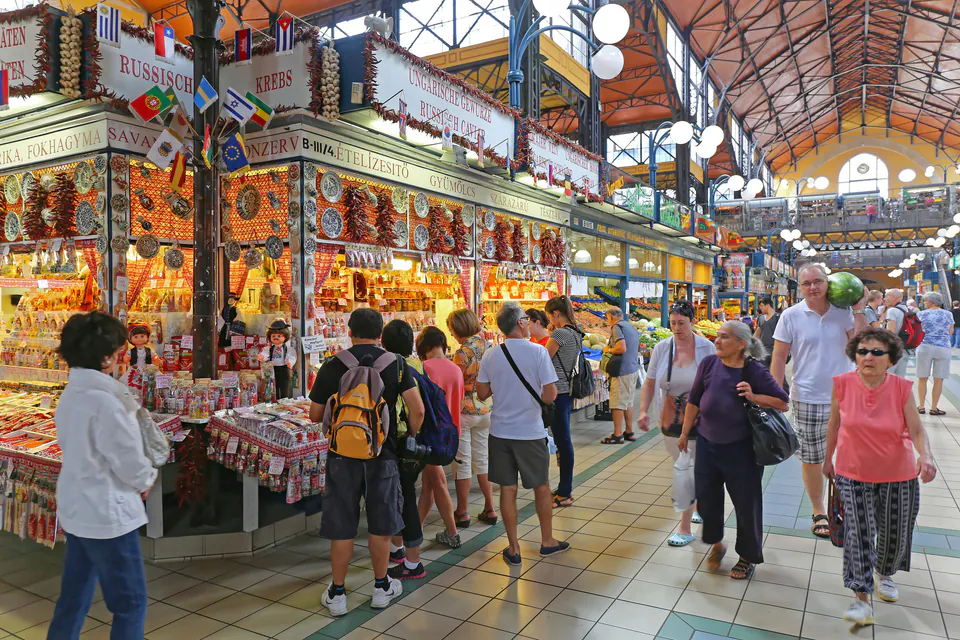
Navigating Between Neighborhoods
Budapest's excellent public transportation system connects all neighborhoods efficiently, making it easy to explore multiple areas during a single visit. The metro system provides rapid transit between major districts, while trams offer scenic routes along the Danube and through central areas.
Walking remains one of the most rewarding ways to experience neighborhood transitions, particularly between adjacent areas. The Chain Bridge provides the most dramatic pedestrian crossing between Buda and Pest, offering spectacular views while connecting the Castle District with the city center.
Understanding the relationship between neighborhoods helps in planning efficient daily itineraries. Many attractions cluster within walking distance of each other, allowing for neighborhood-focused exploration that reveals local character while minimizing transportation time.
| Neighborhood | Metro Station | Lines | Key Connections |
|---|---|---|---|
| Castle District | Batthyány tér | M2 (Red) | Bus 16, 16A, 116 to castle |
| Belváros-Lipótváros | Deák Ferenc tér | M1, M2, M3 | All metro lines intersect |
| Jewish Quarter | Astoria | M2 (Red) | Tram 47, 49 |
| Terézváros | Opera | M1 (Yellow) | Andrássy Avenue access |
| City Park Area | Hősök tere | M1 (Yellow) | Heroes' Square, Széchenyi Baths |
Seasonal Neighborhood Character
Budapest's neighborhoods reveal different personalities throughout the year, with seasonal changes dramatically affecting their atmosphere and activities. Summer months bring outdoor dining to previously quiet streets, while winter creates intimate indoor scenes in thermal baths and cozy cafés.
Spring transforms the Buda Hills into hiking destinations as trees bloom and temperatures moderate. The Castle District becomes particularly photogenic during this season, with flowering trees framing historic architecture. Pest-side neighborhoods benefit from longer daylight hours that extend outdoor café culture well into evening hours.
Autumn provides ideal conditions for neighborhood walking tours, with comfortable temperatures and stunning foliage in park areas. The Jewish Quarter's indoor venues become especially appealing as cooler weather drives social life indoors, creating perfect conditions for experiencing the famous ruin pub culture.
Winter brings a magical quality to historic neighborhoods, particularly when snow dusts the Castle District's medieval streets. Thermal baths become essential neighborhood attractions during cold months, providing warm refuges and authentic Hungarian experiences.
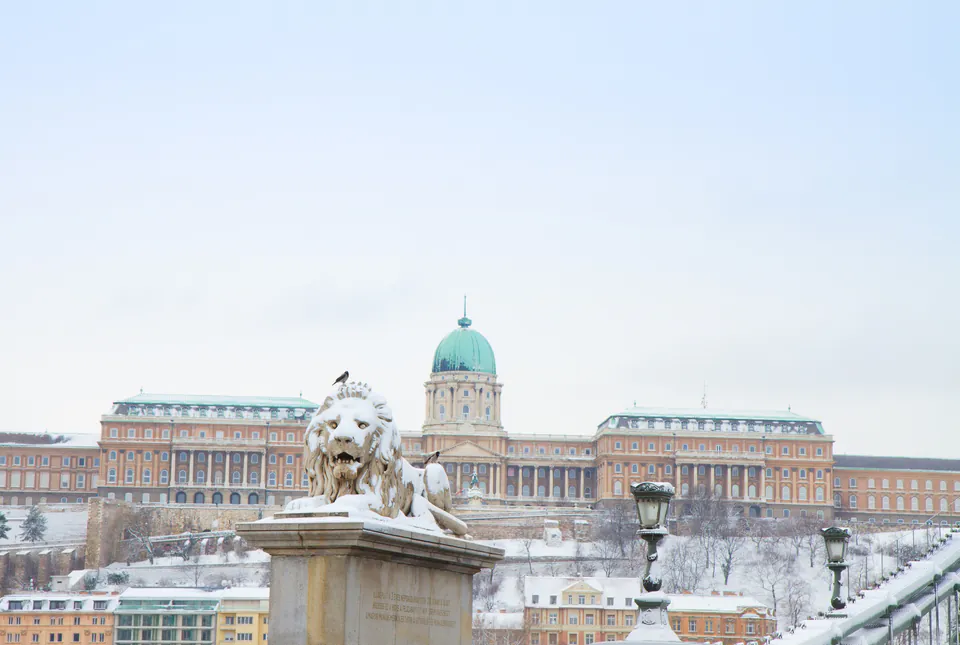
Local Life and Hidden Gems
Each neighborhood harbors secrets that reveal themselves to patient explorers willing to venture beyond obvious tourist routes. Small courtyards hide artisan workshops where traditional crafts continue centuries-old traditions. Neighborhood markets offer authentic Hungarian products alongside opportunities for genuine cultural exchange.
Residential areas provide glimpses into contemporary Hungarian life, where local cafés serve as community gathering places and small parks host informal social activities. These authentic experiences often prove more memorable than famous attractions, creating personal connections with the city's living culture.
Early morning hours offer the best opportunities for discovering neighborhood secrets, when locals go about daily routines and tourist crowds haven't yet arrived. Evening hours reveal different neighborhood personalities as residents emerge for social activities and local entertainment venues come alive.